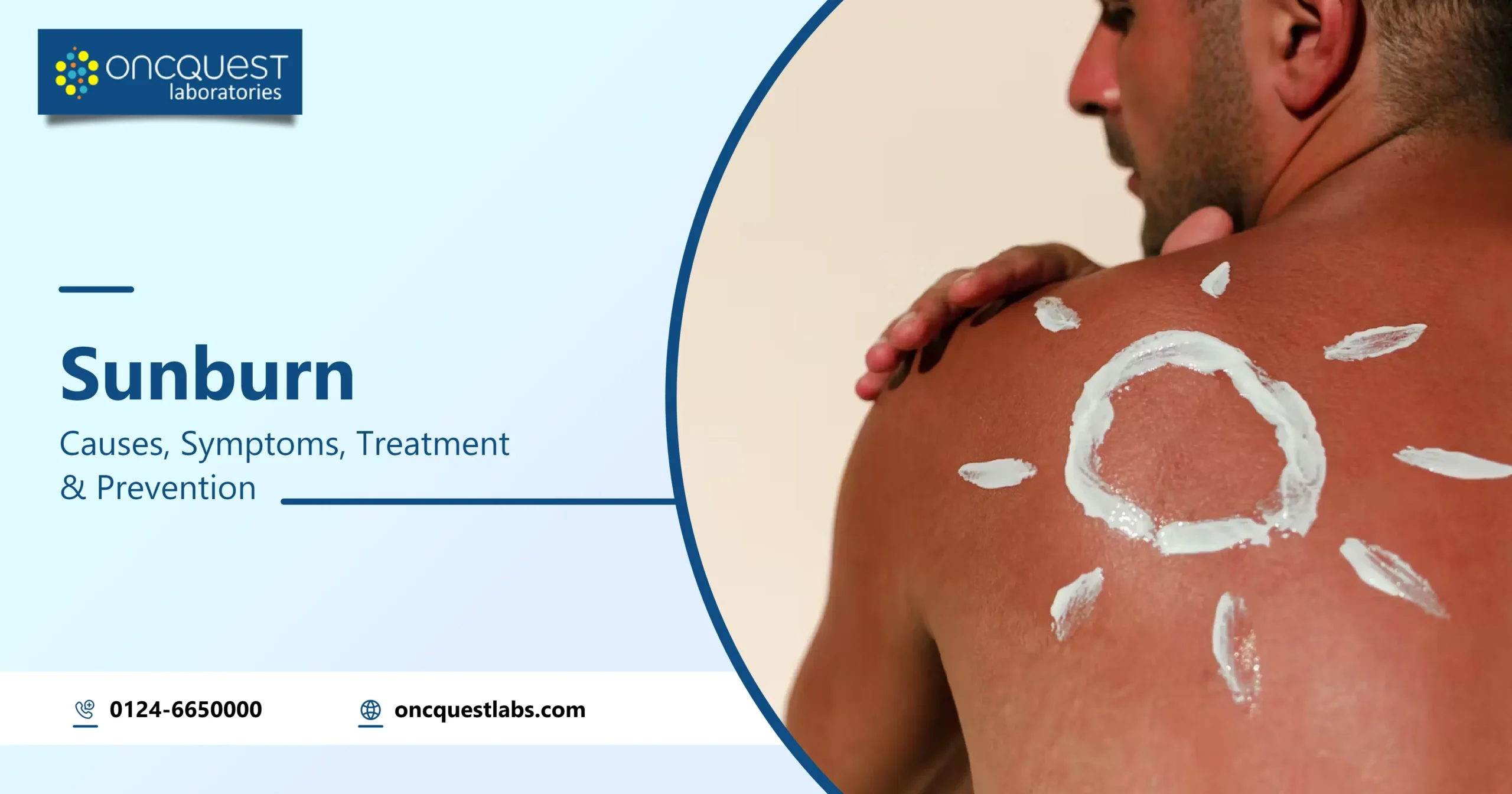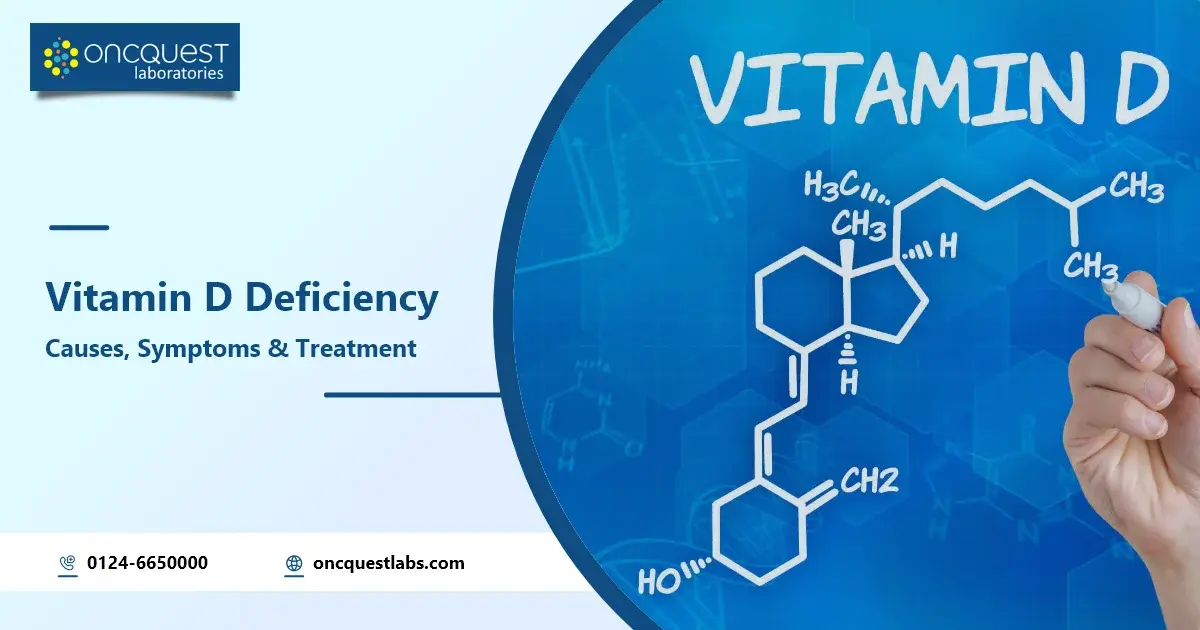Welcome! Ever had your skin feel like it got a little too much sun love? That’s sunburn! This blog is your go-to guide to understand why it happens, what it looks like, ways to ease the pain, and super easy tricks to prevent it. We’re keeping it straightforward and fun – no complex stuff here! Let’s make sure you enjoy the sunshine without the burn. Ready? Let’s get started!
Contents
Causes of Sunburn
Sunburn isn’t just a summer inconvenience; it’s a result of our skin’s encounter with the sun’s powerful UV rays. Here’s the breakdown:
1. UV Radiation Exposure: Sunburn is primarily triggered by prolonged exposure to ultraviolet (UV) radiation from the sun. These rays, namely UVA and UVB, penetrate the skin, causing damage to its cells.
2. Skin Type and Sensitivity: Not all skin is the same. Fair-skinned individuals are generally more susceptible to sunburn than those with darker skin. People with less melanin, the pigment that provides some sun protection, are at a higher risk.
3. Geographical Location: Your location on the globe matters. The closer you are to the equator, the more direct and intense the sunlight. Higher altitudes also expose you to increased UV radiation, making sunburn more likely.
4. Time of Day: Sunburn risk varies throughout the day. UV radiation is most intense between 10 a.m. and 4 p.m. If you’re outdoors during these peak hours, you’re more likely to get sunburned.
5. Reflective Surfaces: Surfaces like sand, water, and snow can bounce back UV rays, intensifying exposure. This reflection increases the risk of sunburn, even in shaded areas.
Understanding these factors helps us make informed choices about sun exposure and adopt preventive measures, ensuring healthier skin in the long run.
Symptoms of Sunburn
Ever wondered what your skin is trying to tell you after a sunny day? Sunburn symptoms are its way of sending distress signals. Let’s decode these messages:
1. Redness: The most visible sign of sunburn is redness on the affected skin. This occurs due to increased blood flow as the body responds to UV damage.
2. Pain and Tenderness: Sunburned skin becomes sensitive and painful to touch. The inflammation caused by UV exposure leads to discomfort and tenderness.
3. Swelling: Inflammation may cause the sunburned area to swell slightly. This is the body’s natural response to the damage, attempting to repair and heal the affected skin.
4. Warmth to the Touch: Sunburned skin often feels warmer than unaffected areas. This warmth is a result of the inflammatory response and increased blood flow to the damaged skin.
5. Itching: Sunburn can be accompanied by itching as the skin tries to cope with the damage. However, scratching should be avoided, as it can worsen the condition.
6. Peeling: In the days following sun exposure, the sunburned skin may start to peel. This is a part of the body’s healing process, shedding damaged skin cells.
7. Blisters: Severe sunburn can lead to the formation of blisters. These fluid-filled sacs indicate a more significant level of skin damage and may require medical attention.
Recognizing these symptoms early allows for prompt treatment, helping to alleviate discomfort and prevent potential complications associated with sunburn.
Long-Term Effects and Risks
Long-term exposure to sunburn can have several significant effects and risks on the skin:
1. Skin Damage: Repeated sunburns can cause cumulative damage to the skin. The ultraviolet (UV) rays from the sun penetrate the skin and can harm the DNA in skin cells. Over time, this damage may manifest as changes in skin texture, color, and elasticity.
2. Premature Aging: Sunburn accelerates the aging process of the skin. Chronic exposure to UV rays can lead to the breakdown of collagen and elastin fibers, which are essential for maintaining skin firmness and elasticity. This can result in premature wrinkles, fine lines, and sagging skin.
3. Hyperpigmentation: Sunburn can cause an overproduction of melanin, the pigment responsible for skin color. This can lead to the development of dark spots and uneven skin tone, commonly referred to as hyperpigmentation.
4. Weakened Immune Response: Prolonged exposure to UV radiation can suppress the immune system in the skin. This weakened immune response makes the skin more susceptible to infections, including various types of skin cancers.
5. Increased Risk of Skin Cancer: Perhaps the most serious long-term risk is an elevated risk of skin cancer. UV exposure is a major factor in the development of skin cancers, including basal cell carcinoma, squamous cell carcinoma, and melanoma. Melanoma, in particular, is known for its aggressive nature and potential to metastasize.
To minimize these long-term effects and risks, it is crucial to adopt sun-safe practices, including wearing sunscreen, protective clothing, and seeking shade. Regular skin checks and early detection of any abnormalities are also essential in preventing and addressing potential skin health issues.
Treatment for Sunburn
When the sun’s love leaves your skin feeling a bit too warm, here’s your rescue plan:
1. Cool Compress: Apply a cool, damp cloth or take a cool bath to soothe the burned skin. Avoid using very cold water, as it can worsen the irritation.
2. Aloe Vera Gel: Aloe vera is a natural healer. Apply aloe vera gel to the sunburned area to cool the skin and promote healing. Look for products with minimal additives.
3. Hydration: Sunburn draws moisture away from the skin. Drink plenty of water to stay hydrated, aiding the body’s recovery process.
4. Over-the-Counter Pain Relievers: Non-prescription pain relievers like ibuprofen or acetaminophen can help reduce pain and inflammation. Follow recommended dosage guidelines.
5. Avoid Further Sun Exposure: Give your skin a break. Stay out of the sun until the sunburn heals to prevent additional damage.
6. Moisturize: Apply a gentle, fragrance-free moisturizer to keep the skin hydrated and prevent excessive peeling.
7. Avoid Harsh Products: Skip harsh soaps, perfumes, or other irritating products on sunburned skin. Opt for mild, hypoallergenic options.
8. Stay Cool: Wear loose, breathable clothing and stay in a cool environment to minimize discomfort.
Remember, severe sunburn may require medical attention. If blisters, severe pain, or systemic symptoms occur, consult a healthcare professional for guidance. Prevention, however, is the best strategy – so slather on that sunscreen before heading out into the sun!
Home Remedies for Sunburn
Certainly, here are detailed explanations for the kitchen-based home remedies for sunburn:
1. Cucumber:
• Explanation: Cucumber has a high water content and anti-inflammatory properties, making it soothing for sunburned skin.
• How to Use: Slice cucumber or blend it into a paste and apply directly to the affected areas.
2. Aloe Vera Gel:
• Explanation: Aloe vera is renowned for its cooling effect and skin-healing properties, helping to reduce redness and inflammation.
• How to Use: Extract pure aloe vera gel from the plant and apply it directly to the sunburned skin.
3. Green Tea Bags:
• Explanation: Green tea contains antioxidants that can help reduce inflammation and promote healing.
• How to Use: Steep green tea bags, let them cool, and place them on the affected areas.
4. Coconut Oil:
• Explanation: Coconut oil is a natural moisturizer with potential anti-inflammatory effects, aiding in skin recovery.
• How to Use: Gently apply coconut oil to the sunburned skin.
5. Oatmeal:
• Explanation: Oats have anti-inflammatory properties and can help soothe irritated skin.
• How to Use: Mix oats with water to create a paste and apply it to the sunburned areas.
6. Yogurt:
• Explanation: Yogurt’s cooling effect and probiotic content can be beneficial for sunburn relief.
• How to Use: Apply plain, cool yogurt directly to the sunburned skin.
7. Milk:
• Explanation: The proteins and fat in milk can have a soothing effect on sunburned skin.
• How to Use: Soak a cloth in cold milk and apply it as a compress to the affected areas.
8. Potato Slices:
• Explanation: Potatoes contain starches that may help relieve pain and redness associated with sunburn.
• How to Use: Place chilled potato slices on the sunburned skin.
9. Honey:
• Explanation: Honey has natural antibacterial and anti-inflammatory properties, aiding in skin healing.
• How to Use: Dab honey onto sunburned areas, allowing it to sit for a short duration before rinsing.
10. Apple Cider Vinegar:
• Explanation: Apple cider vinegar has anti-inflammatory properties and can help balance the skin’s pH.
• How to Use: Mix diluted apple cider vinegar with water and apply it to sunburned skin using a cotton ball.
While these remedies may provide relief, it’s essential to monitor your skin’s response and seek medical advice if the sunburn is severe or persists. Additionally, preventive measures such as using sunscreen and protective clothing are crucial to avoid sunburn in the first place.
Prevention of Sunburn
Before the sun gets a chance to play too rough, here’s how you can protect your skin:
1. Sunscreen Shield: Apply broad-spectrum sunscreen with at least SPF 30, generously covering exposed skin. Reapply every two hours, especially after swimming or sweating.
2. Cover Up: Wear protective clothing like wide-brimmed hats, sunglasses, and long sleeves to minimize direct sun exposure.
3. Seek Shade Smartly: Take refuge in the shade during peak sun hours, usually from 10 a.m. to 4 p.m.
4. Mind Your Medications: Some medications can increase sun sensitivity. Check with your doctor and take extra precautions if needed.
5. Stay Hydrated: Keep your body hydrated, as well-hydrated skin is more resilient to sun damage.
6. Limit Reflective Risks: Be cautious around reflective surfaces like water, sand, and snow that can bounce sun rays onto your skin.
7. Sun-Smart Activities: Plan outdoor activities in the early morning or late afternoon when the sun is less intense.
8. Know Your Skin: Understand your skin type and its susceptibility to sunburn. Adjust precautions accordingly.
Remember, prevention is the key to sunburn-free adventures. Keep these tips in mind to enjoy the sunshine while keeping your skin happy and healthy!
Importance of Sunburn Awareness
1. Skin Cancer Prevention: Sunburn is linked to an increased risk of skin cancer. Being aware of sunburn’s consequences encourages proactive measures to reduce this risk.
2. Long-Term Skin Health: Repeated sunburns contribute to premature aging and can lead to lasting skin damage. Awareness promotes habits that support long-term skin health.
3. Pain and Discomfort Avoidance: Knowing the symptoms of sunburn allows for early intervention, minimizing pain and discomfort associated with prolonged sun exposure.
4. Educating Others: Sunburn awareness empowers individuals to educate friends and family about sun safety, creating a collective effort to reduce the incidence of sunburn.
5. Enhanced Quality of Life: By avoiding sunburn, individuals can enjoy outdoor activities without the negative impact on their well-being, contributing to an overall improved quality of life.
6. Reducing Healthcare Costs: Preventing sunburn reduces the need for medical interventions, saving on healthcare costs associated with treating sunburn-related complications.
7. Positive Sun Habits: Awareness encourages the adoption of positive sun habits, such as regular sunscreen use and seeking shade, promoting a sun-safe lifestyle.
Understanding the importance of sunburn awareness is not just about avoiding that immediate discomfort; it’s a proactive step towards healthier skin and a sun-friendly lifestyle. Stay informed, stay protected!
Conclusion
As we wrap up our journey into the world of sunburn, it’s clear that the sun’s warmth comes with responsibilities. Sunburn isn’t just a temporary discomfort; it’s a signal from our skin that we need to be kinder to it.
By understanding the causes, symptoms, treatment, and prevention of sunburn, we equip ourselves with the tools for a sun-smart lifestyle. Prevention, as they say, is better than cure – whether it’s slathering on sunscreen, donning that stylish hat, or seeking shade during peak hours.
Remember, the story doesn’t end here. Sunburn awareness is an ongoing commitment to our skin’s well-being. So, let’s embrace sun safety, make it a habit, and enjoy the sunshine responsibly. Here’s to healthy, happy, and sun-kissed skin!
Frequently asked question
Q1: What is the best treatment for sunburn?
A1: For sunburn relief, apply aloe vera gel to soothe and hydrate the skin. Taking cool showers and using over-the-counter pain relievers like ibuprofen can also help alleviate discomfort.
Q2: What is the first aid treatment for sunburn?
A2: For immediate sunburn relief, cool the affected area with a cold compress or cool bath. Apply aloe vera gel to soothe the skin and keep well-hydrated to aid in healing.
Q3: How do you stop sunburn symptoms?
A3: To alleviate sunburn symptoms, stay hydrated, take over-the-counter pain relievers like ibuprofen, and apply moisturizers or aloe vera to soothe the skin. Avoid further sun exposure and wear protective clothing to prevent worsening of symptoms.





